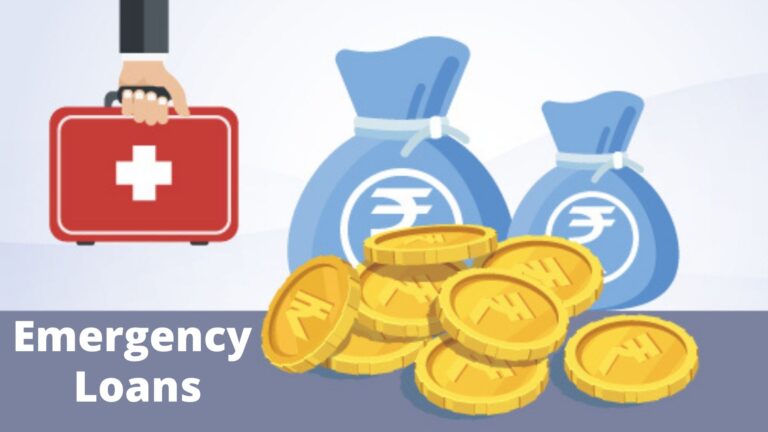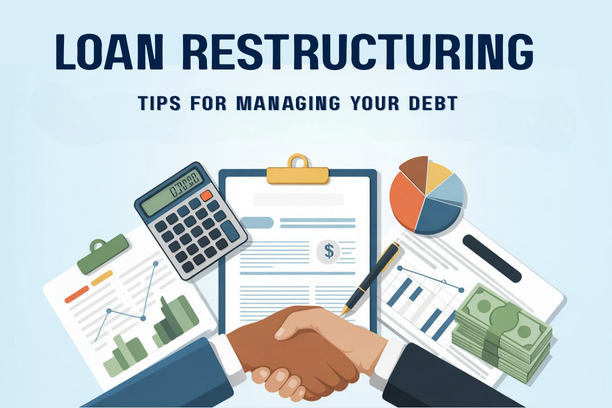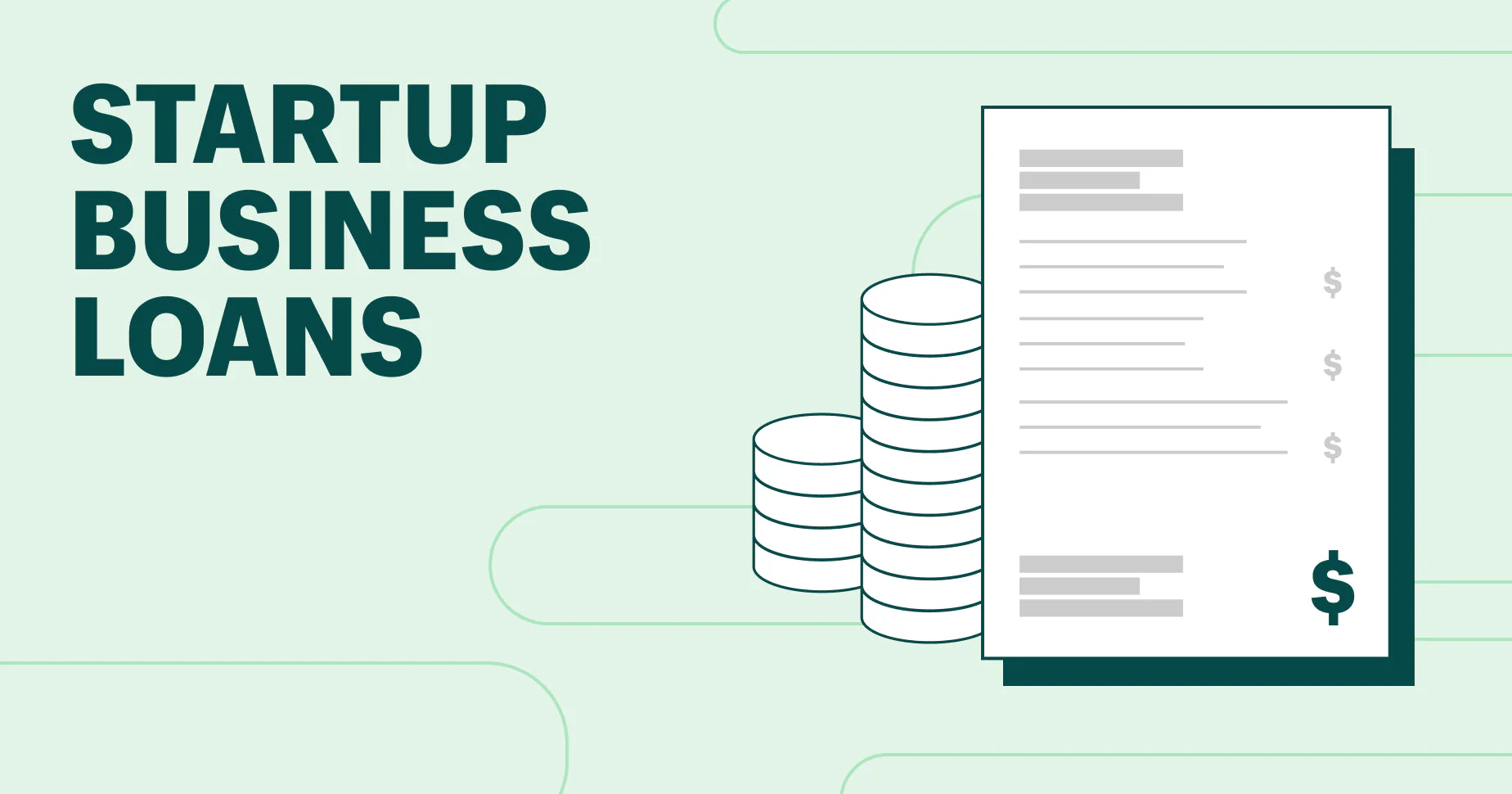Unexpected financial crises can happen to anyone, whether it’s a sudden medical expense, a natural disaster, or a critical home repair. During these times, having quick access to funds is not a luxury—it’s a necessity. This is where emergency loans come in, providing a vital lifeline to help you navigate a difficult situation. In the Philippines, there are several options available, each with its own set of requirements, interest rates, and processing times. This comprehensive guide will explore the best avenues for obtaining an emergency loan, from government-assisted programs to private sector options, to help you get the quick funds you need in 2025.
Understanding Your Options for Emergency Loans in the Philippines
Before you apply for a loan, it’s crucial to understand the different types of emergency loans available and how they are structured. The term “emergency loan” can refer to a variety of products designed for urgent financial needs, and knowing the distinction will help you choose the most suitable option.
What Qualifies as an Emergency Loan?
An emergency loan is typically a loan characterized by its rapid approval and quick disbursement. It is designed to provide immediate liquidity to cover a pressing financial need that cannot be met by your existing savings. Unlike a standard personal loan, which might be used for planned expenses like a vacation or home renovation, an emergency loan is for unforeseen events. The urgency of these situations means that the lending criteria for these loans often prioritizes speed over long-term low interest rates. This is a crucial distinction that borrowers must be aware of when weighing their options.

In the Philippines, an emergency loan can come in many forms, from government-sponsored calamity loans to fast cash loans from online apps. For instance, the Social Security System (SSS) and Pag-IBIG Fund offer special calamity loan programs for members affected by natural disasters. These are considered some of the most affordable emergency loans available, though they have specific eligibility criteria. On the other hand, many private banks and online lenders offer their own versions of quick-fund loans that can be approved and disbursed within a day. While these loans may have higher interest rates, they are more flexible in their use and don’t require a specific calamitous event to qualify.
Traditional vs. Modern Sources for Emergency Funds
The landscape of borrowing in the Philippines has changed dramatically in recent years. Traditionally, Filipinos would turn to major banks or government agencies like the SSS for a personal loan. These institutions are known for their reliability, strict regulations, and favorable interest rates. However, their application processes can be lengthy, with approval times often taking several days or even weeks. This can be a major drawback when you need funds immediately.
The rise of financial technology (fintech) has introduced a new class of lenders: online lending apps. These modern platforms have completely digitized the loan application process, allowing for instant approvals and same-day disbursements. This makes them a popular choice for Filipinos seeking a true emergency loan that can provide cash within minutes. While these apps offer incredible speed and convenience, it is important to be aware that they often come with significantly higher interest rates and fees compared to traditional banks. Therefore, the choice between a traditional lender and a modern app often boils down to a trade-off between speed and cost. For a dire emergency, the speed of an online app may be worth the higher cost, while for a less time-sensitive crisis, a government or bank loan may be a more financially sound option.
Government-Assisted Emergency Loans: SSS and Pag-IBIG
For many Filipinos, the most accessible and affordable options for an emergency loan are through their contributions to government agencies. The Social Security System (SSS) and the Pag-IBIG Fund (Home Development Mutual Fund) offer special loan programs for members in times of need.
SSS Calamity Loan Program
The SSS Calamity Loan is a top-tier option for members affected by natural disasters, such as typhoons or floods. The program is specifically designed to provide quick and affordable financial assistance during these difficult times. The loan amount is typically up to PHP 20,000, which can provide a much-needed boost to help with repairs or recovery efforts. The interest rate on an SSS calamity loan is also very low, at only 10% per annum, and is payable in 24 monthly installments. This makes it one of the most affordable emergency loans available in the Philippines.
Here are the key requirements for an SSS Calamity Loan:
- Contribution Requirement: The member must have at least 36 monthly SSS contributions, with 6 of those contributions paid within the last 12 months before the application.
- Residency: The member must reside in an area declared under a state of calamity by the National Disaster Risk Reduction and Management Council (NDRRMC).
- Loan Status: The member should have no outstanding balance on any previous SSS loans, or their previous loans must be in good standing.
- Online Application: The application process is now conveniently done through the My.SSS online portal, which allows members to apply without having to visit a physical branch.
Pag-IBIG Calamity Loan
Similar to the SSS, the Pag-IBIG Fund also offers a Calamity Loan program to its members. The loan is designed to assist members who have been affected by a natural calamity. The loan amount can be up to 80% of the total accumulated value of the member’s savings, which includes their monthly contributions and any dividends earned. This can be a significant amount for members with a long contribution history. The interest rate for this loan is even lower than the SSS’s, at only 5.95% per annum. This makes it an incredibly attractive option for members in need. The loan is repayable over a period of 24 months.
Here are the key requirements for a Pag-IBIG Calamity Loan:
- Contribution Requirement: The member must have made at least 24 monthly contributions.
- Residency: The member must be a resident of a region that has been officially declared under a state of calamity.
- Loan Status: The member should have no outstanding Pag-IBIG housing or multipurpose loan in default.
- Online Application: Pag-IBIG has also streamlined its application process, allowing members to submit their applications and required documents online via the Virtual Pag-IBIG portal, ensuring a faster turnaround time for the emergency loans.
Private Sector Options for Quick Funds
For those who do not qualify for a government-assisted loan or need funds for a non-calamitous emergency, the private sector offers a variety of quick funding solutions. These options are often faster but come with higher costs.
Bank-Issued Emergency Loans and Salary Loans
Major banks in the Philippines, such as BPI, BDO, and Metrobank, all offer personal loans that can serve as an emergency fund. While their approval process may not be as fast as an online app, it is generally quicker than for other types of loans. These loans are unsecured and can be used for any purpose. The interest rates are typically lower than those of online lenders, and the repayment terms are more flexible, often ranging from 12 to 60 months. For existing bank customers, the application process can be even faster as the bank already has your financial information on file.
Some banks and credit unions also offer “salary loans” or “express loans,” which are designed specifically for quick access to funds for employees of partnered companies. These loans often have a faster approval time and easier requirements, as the repayment is guaranteed through a salary deduction arrangement with the employer. While they may not be a traditional emergency loan, they can be an excellent option for a quick cash need. The key advantage of bank loans is their reliability and the security of knowing you are borrowing from a heavily regulated and reputable institution.
Online Lending Apps for Immediate Cash
For the fastest possible access to funds, online lending apps are the clear winner. The entire process, from application to disbursement, can be completed on your smartphone in under an hour. Apps like Tala, Cashalo, and GCash’s GLoan are popular choices for a reason. They have minimal requirements, often needing just a valid ID and a mobile phone number. The loan amounts are usually small, typically ranging from a few thousand pesos up to PHP 20,000, making them perfect for minor emergencies.
However, the speed and convenience of these apps come at a cost. The interest rates and fees are significantly higher than those of banks or government loans. For example, a loan might have an effective annual interest rate (EIR) of over 100%, so you must be absolutely certain that you can repay the loan on time. While they are a great option for a true emergency, they should be used with extreme caution and with a clear plan for repayment to avoid falling into a cycle of debt. Always verify that the online lending app is registered with the SEC to protect yourself from predatory and illegal lenders.
Conclusion: Making the Right Choice in an Emergency
When a financial emergency strikes, having a clear understanding of your options is your best defense. The emergency loans in the Philippines vary widely, from the affordable and reliable government-sponsored loans from SSS and Pag-IBIG to the fast but costly loans from online apps. By carefully assessing the urgency of your need, your eligibility, and your ability to repay, you can choose the right loan that helps you weather the storm without putting your long-term financial health at risk.












